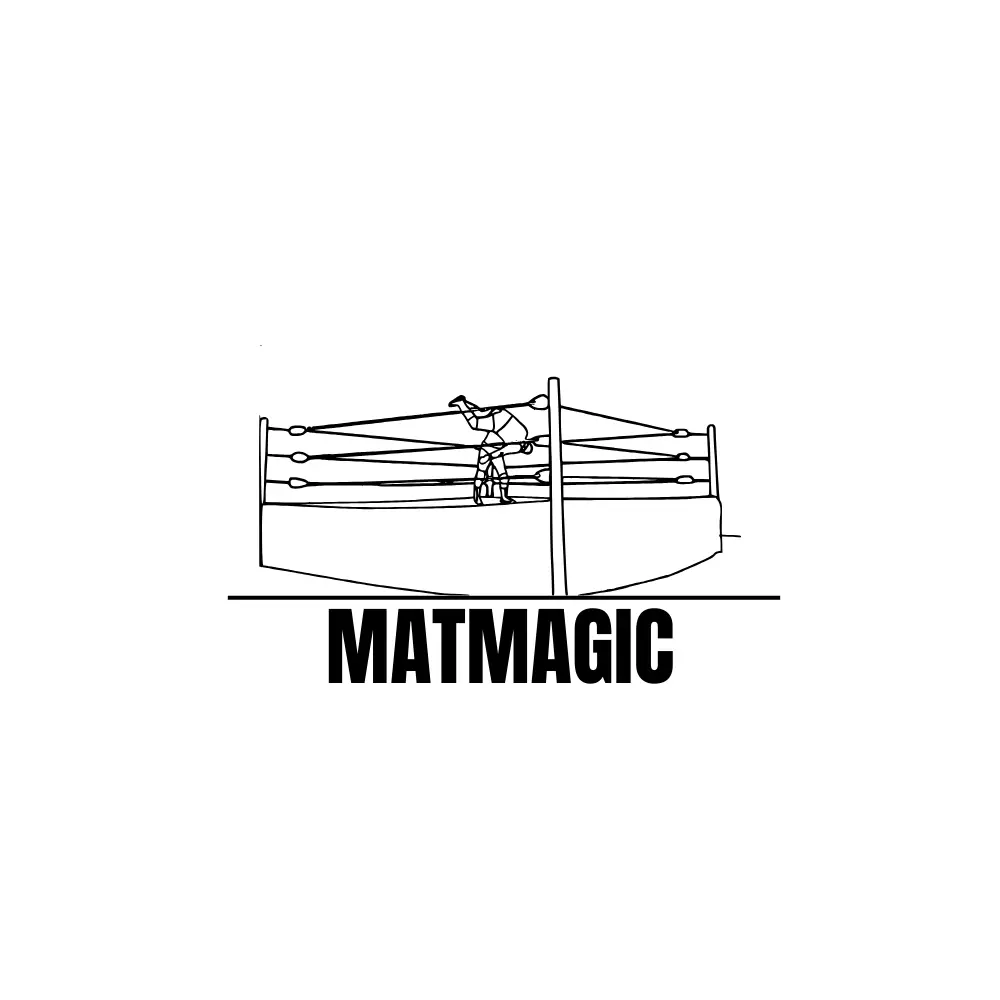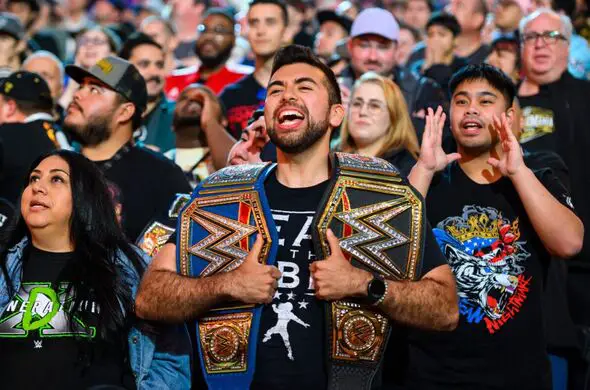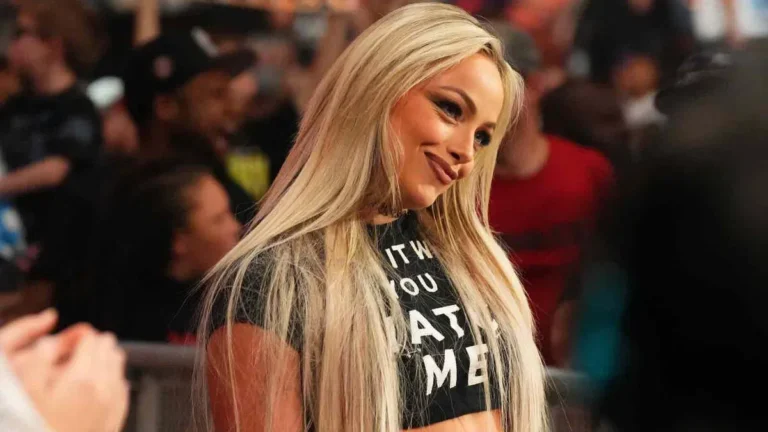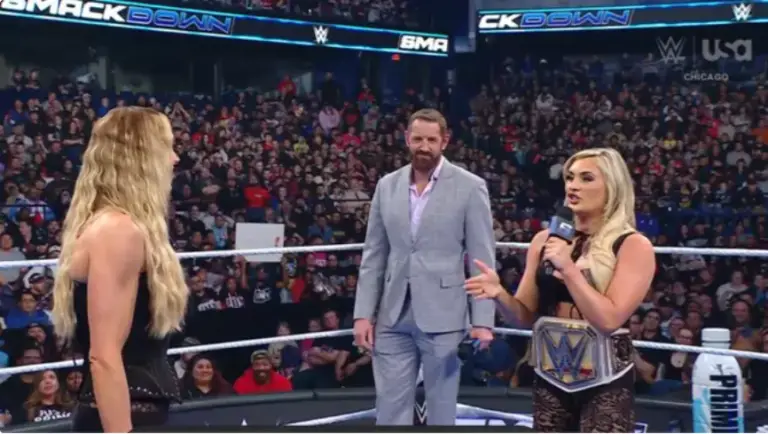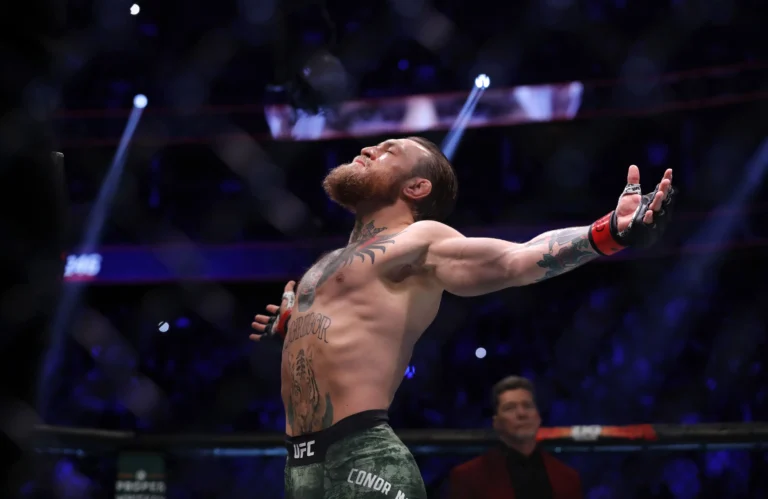Remember when your grandpa insisted wrestling was real? Fast forward to today’s fans debating match ratings on Twitter while running fantasy booking leagues.
WWE fandom hasn’t just changed – it’s undergone a total transformation that mirrors wrestling’s own wild journey.
The Territory Days: When Kayfabe Was King
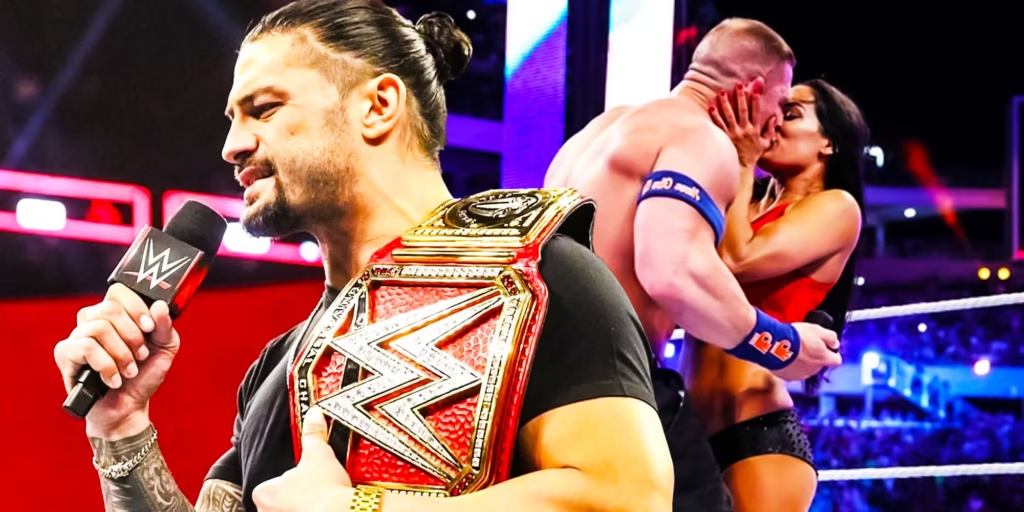
Back in the 1960s and 70s, WWE fans were true believers. They’d crowd arenas to watch Bruno Sammartino defend his title, ready to riot if the heel got too dirty. Local wrestling newspapers treated every feud like legitimate sport. Your grandmother probably still swears she saw Pedro Morales really break someone’s arm.
These old-school fans protected wrestling’s secrets fiercer than any modern NDA. If someone suggested it was “fake,” they risked getting a chair to the head (metaphorically speaking… usually). This dedication to kayfabe created an almost religious following – when Bruno spoke, the faithful listened.
The Rock ‘n’ Wrestling Connection: Wrestling Goes Mainstream
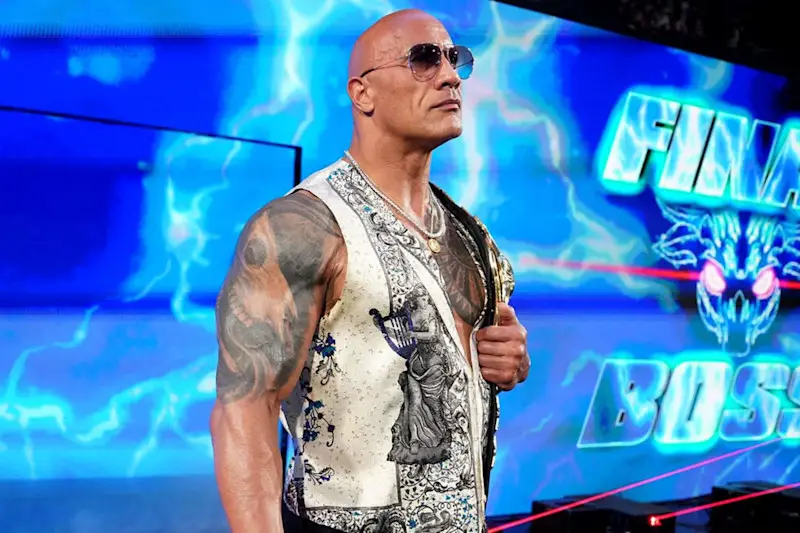
The 1980s brought Hulkamania and a totally new breed of fan. Suddenly kids were saying their prayers and eating their vitamins while rocking Hulk Hogan lunch boxes. Wrestling wasn’t just wrestling anymore – it was pop culture.
Parents who’d dismissed wrestling as “too violent” were now taking their kids to shows. MTV played wrestling music videos. Mr. T and Cyndi Lauper showed up at WrestleMania. The fanbase exploded beyond the old-school wrestling purists to include suburban families and mainstream entertainment seekers.
The Attitude Era: Fans Get Rowdy
By the late 90s, those Hulkamaniacs had grown up – and they wanted something edgier. Enter the die-hard Attitude Era fans, armed with “Austin 3:16” signs and enough middle fingers to make censors cry. These fans didn’t just watch wrestling – they became part of the show.
The “smart” fan was born during this era. Internet forums buzzed with backstage rumors and match ratings. Fans started chanting “ECW” at WWF shows. They weren’t just following storylines anymore – they were analyzing workrates and discussing booking decisions like they were on the creative team.
The Reality Era: Breaking The Fourth Wall
CM Punk’s pipe bomb promo didn’t just break kayfabe – it shattered the barrier between “smart” and “casual” fans. Today’s WWE universe is a mix of parents who still think Roman Reigns is the strongest man alive, kids who worship John Cena, and hardcore fans who track win-loss records like baseball statistics.
Social media has transformed how fans interact with wrestling. They tweet directly at wrestlers, debate booking decisions in real-time, and even influence storylines through their reactions. WWE superstars aren’t just characters anymore – they’re social media personalities who blur the lines between performance and reality.
The Digital Revolution: Fandom Goes Interactive
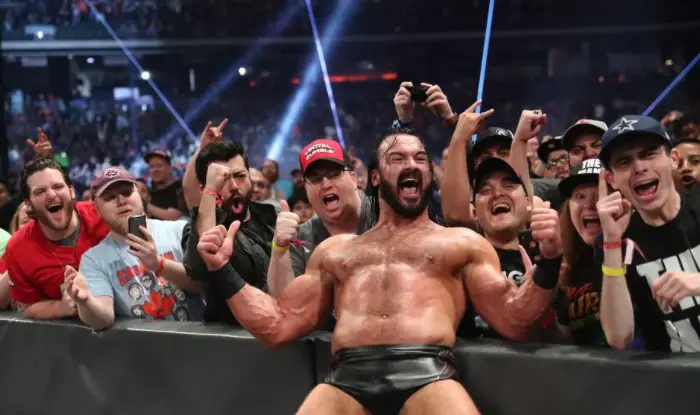
Modern WWE fans consume wrestling in ways that would blow your grandfather’s mind. They:
- Create detailed YouTube analysis videos breaking down match psychology
- Run fantasy booking leagues more complex than actual WWE creative
- Live-tweet shows with more sass than MJF on his best day
- Build entire online communities around specific wrestlers or storylines
- Track merchandise sales numbers like stock market analysts
The WWE Network and social media have created “super-fans” who consume every piece of content WWE produces. They don’t just watch Raw and SmackDown – they follow WWE stars on TikTok, listen to wrestling podcasts, and argue about match ratings on Reddit.
Beyond The Ring: When Fandom Becomes Community
Today’s WWE fandom isn’t confined to arena seats or TV screens. Fans organize charity drives inspired by their favorite wrestlers. They create art, write fan fiction, and produce elaborate costume designs. Wrestling conventions draw thousands of fans who want to celebrate their shared passion.
The modern WWE fan might complain about booking decisions online, but they’re more invested than ever. They’re not just spectators – they’re active participants in wrestling’s ongoing evolution.
The Rise of Women’s Wrestling Fandom
The explosion of women’s wrestling has revolutionized WWE’s fanbase. Gone are the days when female fans were dismissed as just there to see the muscular guys. Today’s audience celebrates technical masterpieces between Becky Lynch and Bianca Belair with the same passion once reserved for Stone Cold and The Rock.
Female fans now make up nearly 40% of WWE’s audience. They run some of the most influential wrestling podcasts, manage major fan communities, and often lead the online conversation about WWE’s direction. The rise of stars like Rhea Ripley and Jade Cargill has created a new generation of young fans who see wrestling as a truly gender-neutral entertainment form.
International Fandom: WWE Goes Global
WWE’s international fanbase has evolved from passive viewers to active participants. Indian fans pack stadiums for WWE tours while Japanese wrestling enthusiasts debate the merits of Strong Style versus Sports Entertainment. The UK scene has transformed from World of Sport nostalgics to a vibrant community that produced stars like Drew McIntyre and Pete Dunne.
Social media has erased geographical boundaries. Saudi fans tweet about Royal Rumble predictions alongside Brazilian wrestling podcasters. Australian WWE watch parties happen simultaneously with American ones, creating a truly global conversation about the product.
The Collector Culture
Modern WWE fandom has birthed a sophisticated collector culture that goes way beyond action figures. Fans hunt vintage wrestling magazines, bid thousands for ring-worn gear, and treat championship belt replicas like fine art. The emergence of WWE NFTs and digital collectibles has added another layer to this phenomenon.
This collecting mindset extends to experiences too. Fans plan entire vacations around WrestleMania week, treating it like a wrestling pilgrimage. They collect meet-and-greet experiences, entrance theme recordings, and even pieces of broken announce tables from historic matches.
The Meta Fan Experience
Today’s WWE fan experience is increasingly meta. Fans don’t just watch Roman Reigns’ matches – they analyze his merchandise sales, track his social media engagement, and debate his contract status. They’re as invested in the business of wrestling as they are in the storytelling.
This meta-engagement has created a new kind of super-fan who understands both the art and commerce of professional wrestling. They can appreciate a well-executed hurricanrana while simultaneously discussing quarterly WWE earnings reports and international broadcast rights deals.
The Future of Fandom: What’s Next?
Your grandpa’s kayfabe-protecting passion hasn’t disappeared – it’s evolved into something bigger. Today’s fans protect and promote wrestling in their own way, building communities and creating content that keeps WWE culture alive and growing.
The only question is: what will WWE fandom look like when your grandkids are running the show?
